Late 17th century chart of the Eastern Seaboard and North Atlantic, by the “King’s cartographer”
Mare del Nord
Out of stock
Description
Fabulous, ornate sea chart of the northern Atlantic Ocean, filled with important historical and geographic details. Published in Coronelli’s Atlante Veneto, the map is dedicated to Giovanni Grimani with his coat of arms in the elaborate title cartouche.
The chart includes considerable coastline detail particularly along the eastern seaboard of North America, the West Indies and the northern coast of South America. The detail is confined primarily to coastlines. The ocean is crossed with rhumb lines and the large title cartouche is composed of two mermen and sugar cane.
Three particularly interesting notations include:
1. A note in South America which details three openings to the Great River of the Amazons, the best of which is in the middle leading to Gurupa. The other two are to be avoided, on account of violent tides and rough water which no anchor can hold.
2. A caption above the Grand Banks of Newfoundland stating that from April 19th to July the fisherman of many nations sail to this area to catch baccala (cod). As detailed by Mark Kurlansky in both Cod and Salt, when Basque whalers applied salting techniques to cod, they found it preserved particularly well. This gave the fish such importance in the European diet that by the mid-16th century the majority of fish eaten in Europe was cod. Sadly, Atlantic cod is largely extinct today; thus on this map we see traces of the history of human impact on the environment.
3. A patriotic caption in Labrador declares that Antonio Zeno of Venice discovered the region in 1390.
Cartographer(s):
Vincenzo Maria Coronelli (1650 – 1718) was a Franciscan printer, cartographer, and globe-maker from Venice. Due to his religious background, many of his charts have been signed P. Coronelli, meaning Père or ‘Father’, and referring to his status as a friar of the Franciscan Order. He was appointed official cosmographer for the city of Venice and was later employed as royal cartographer to the King of France. In particular the latter position meant that he had access to the latest records and materials from French pioneers and voyages of exploration. This caused many of his charts to be cutting-edge innovations that redefined the newly discovered parts of the world in an entirely novel fashion. It also meant that Coronelli would have no scruples in declaring uncontested or virgin land in the New World as part of Nouvelle France. This is exemplified in Coronelli’s celebrated 1685 chart of Western Canada or Nouvelle France, in which the official French territories have been expanded thousands of miles to the west and south, so that most of the Midwest, including the Mississippi Valley, has been subsumed under a French claim.
Coronelli’s access to the latest French sources and intelligence is part of what has made his maps so cartographically decisive and collectible. An example of this is found in his 1688 chart of upper Mexico and the Rio Grande (modern Arizona, California, and parts of New Mexico). This map was, at the time of its publication, one of the most detailed and accurate maps of the Rio Grande on the market. The detailed information conveyed in Coronelli’s map came directly from Diego Penalosa, the Spanish governor of New Mexico (1661-63) who turned rogue and provided the French King with a wealth of strategic geographical information. His ambition was to lure the French into attacking New Mexico from the neighboring territory of Louisiana. Despite the controversial source of his information (or perhaps precisely because of it), Coronelli does not hesitate to lay credit where credit is due, and mentions Penalosa directly in the map’s cartouche.
Condition Description
A dark impression with a hint of toning along the centerfold and minor offsetting.
References
Burden #679; Manasek #61; Shirley (BL Atlases) T.CORO-7a #20.
















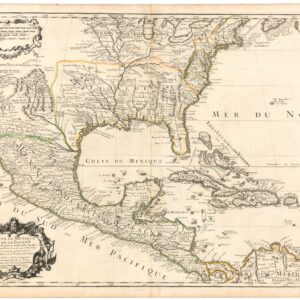
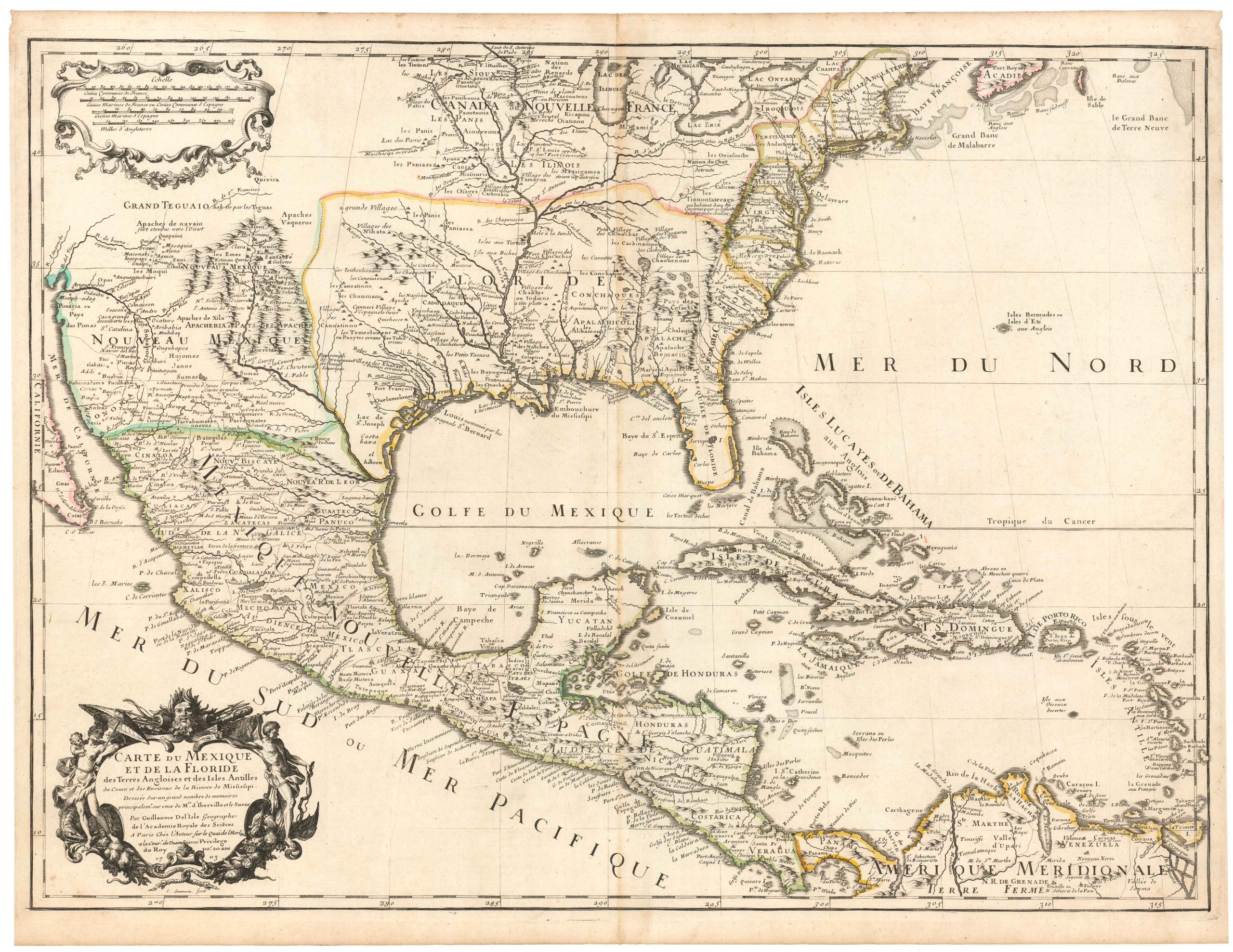
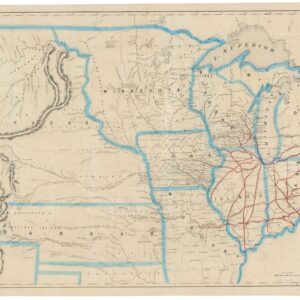
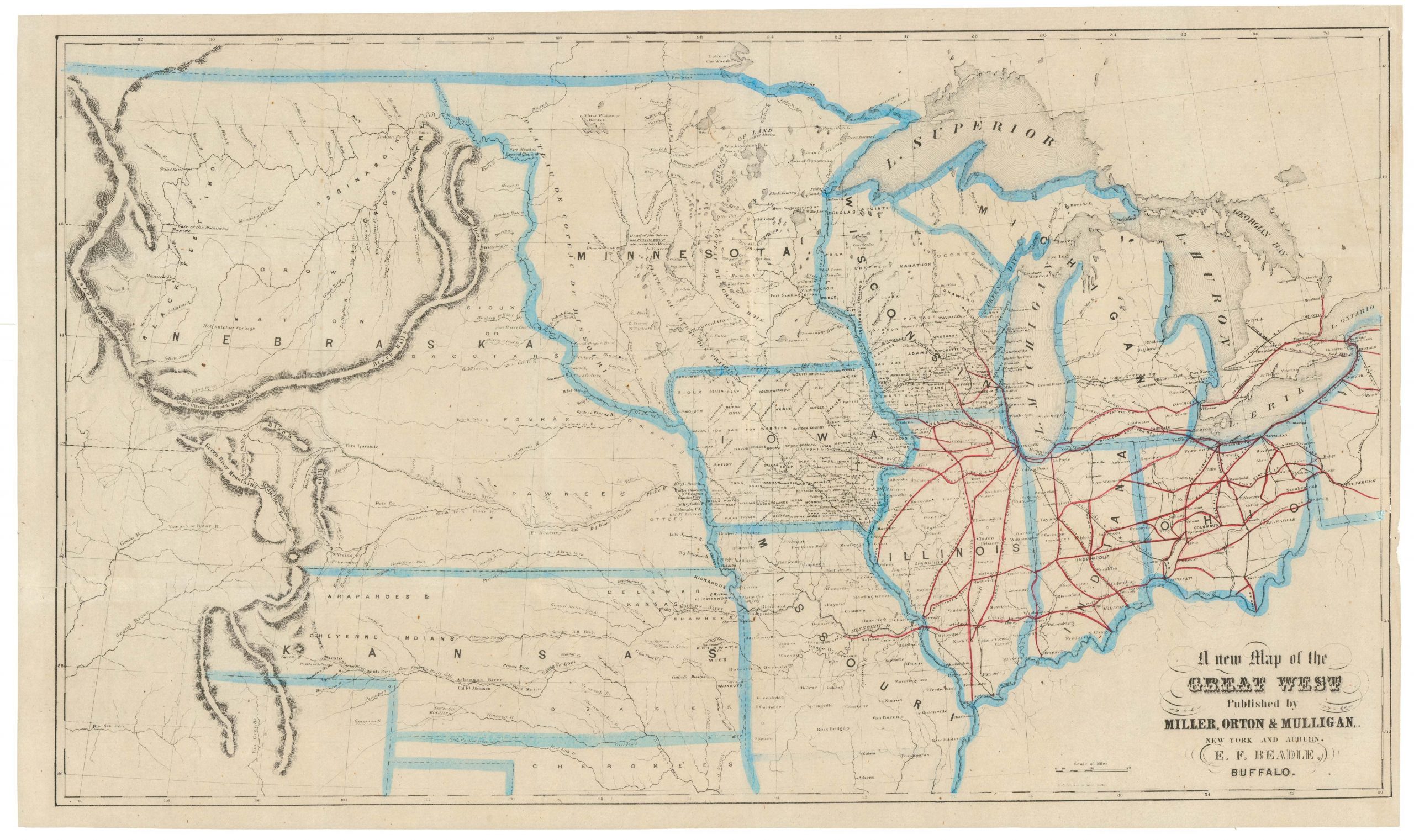

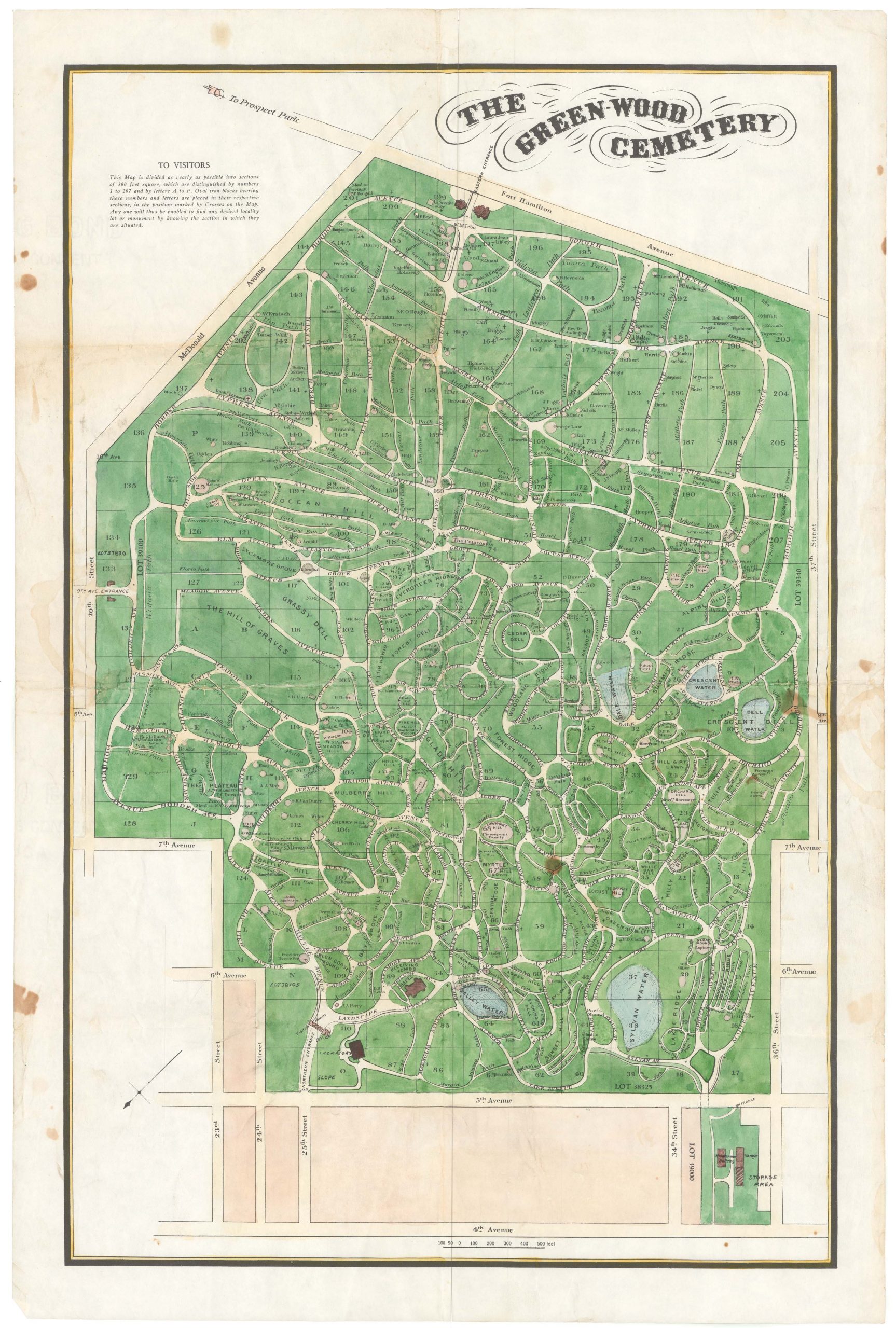
![[AMERICAN REVOLUTION] Boston, George Washington, Franklin, Philadelphia, Washington, D.C.](https://neatlinemaps.com/wp-content/uploads/2024/05/NL-02090a_thumbnail-300x300.jpg)